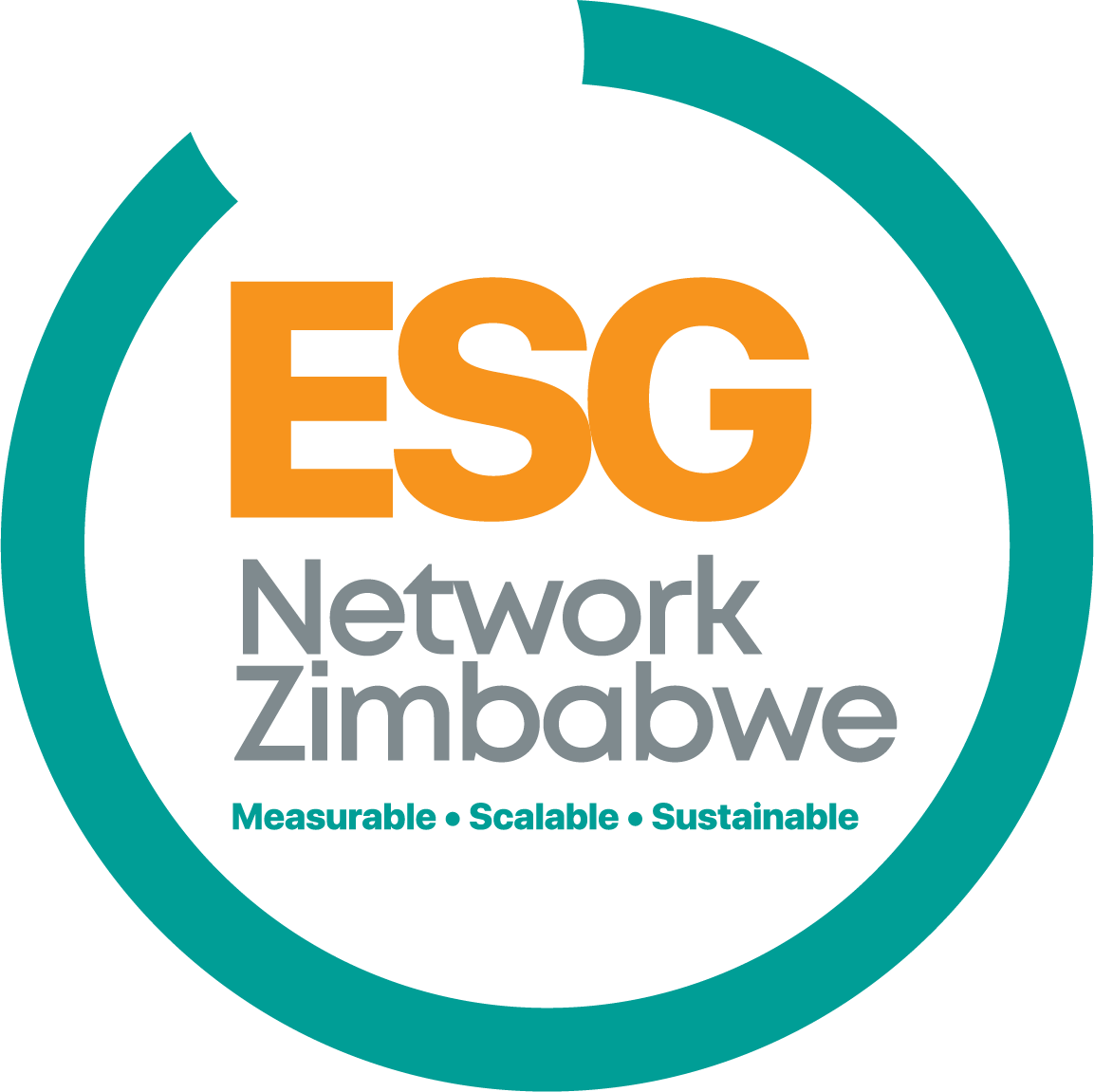Facing pressure from investors and regulators, many complex manufacturers are now considering creating an ESG program. A successful ESG program is built on the following five steps:
- Review your pressures
- Create your prioritization matrix
- Ensure you have the right tools in place
Review Your Pressures
The first best practice in launching an ESG program is to analyze the pressures driving this initiative. For some complex manufacturers, pressure from institutional investors will be the impetus to move forward. Other businesses will be convinced by market demand, be that from regulators or customers. There is great value in developing an ESG program. Abiding by an industry code of conduct or belonging to an industry coalition dedicated to responsible behaviour does not offer regulators, investors, or customers the data they seek. In contrast, ESG programs rely upon international standards set by intergovernmental organizations.
Create Your Prioritization Matrix
There are two components to establishing your program’s requirements:
- Topics of importance
- Prioritization
Topics of Importance
Which aspects of ESG make sense for your organization? For example, a smartphone manufacturer would be concerned with, at the very least, child labour in its supply chain as well as greenhouse gas emissions from its factory.
Prioritization
Once you understand what materials apply to your ESG program, the next step is to prioritize materials or issues. There may be several materials or issues that you need to address to collect ESG data, although some may be more urgent than others. The urgency of a given material or issue comes from market forces, which can include customers or regulators. For example, legislation with a short compliance timeframe puts pressure on companies to tackle a particular issue or material or else face fines and brand damage.
Ensure You Have the Right Tools in Place
Your ESG program needs the right technology in place to succeed. ESG programs rely on data. That data comes from direct and indirect suppliers. Technology allows these suppliers to transmit data electronically, making it fast and simple to receive the information you need about ESG topics and materials. Moreover, technology allows you to analyse data quickly and accurately. If you do not have technology in place for analysis, people will have to perform this labour-intensive and time-consuming task, which greatly increases human error and puts the success of your ESG program at risk.
Develop a Workflow & Timeline
Drafting the policies and framework for an ESG program (known as an ESG playbook) actually requires working backward. Consider what you want to achieve from your ESG program, and create a plan that will get you there. Producing an ESG playbook is a journey. It will look different in every company.
However, there are some steps that will be similar. For a start, you need to figure out which stakeholders you will engage. Complex supply chains could consist of a wide range of suppliers. Furthermore, you must determine which data you need from your suppliers and how they will transmit it. During the process of creating an ESG playbook, you will discover that suppliers will have varying levels of awareness of ESG risks. Some of them may be highly aware of their impact on the environment and society, and they may be taking steps to mitigate negative effects due to business activities. Other suppliers may not be familiar with ESG issues or how their activities affect the environment.
Because of varying ESG awareness among your suppliers, you must set reasonable timelines to accomplish your goals. If your suppliers do not realize their greenhouse gas emissions present an obstacle to your ESG program, it will take longer for you to reduce your emissions. Without engaging suppliers, you will not know what realistic timelines look like.
Re-evaluating your supplier selection criteria also reveals which opportunities exist. Once you learn what your suppliers’ dependencies are, you can make better-informed purchasing decisions and support suppliers with stronger ESG track records.
For example, one manufacturing plant might rely on the coal-powered municipal power grid, while another factory utilizes renewable energy sources. Awarding business to electric fleet vehicles represents an opportunity to select a supplier with a strong commitment to ESG principles
Review & Correct
The final best practice of moving to an ESG program is reviewing and correcting any areas in which ESG performance could improve. Much like the creation of a playbook, implementation presents an opportunity to learn more about your suppliers, their impact, and their capabilities.
After you put your ESG playbook into place, you may discover some suppliers are less mature than others. Low maturity and non-compliance does not mean you should stop engaging with them. Instead, you have a chance to educate them about the importance of ESG and their role in it. Even after implementation, new regulations, market expectations, and the results of supplier engagement can affect your ESG goals. These goals may need to change in light of that information, which is why flexibility, adaptability, and the ability to see new sustainability opportunities are crucial – Source Assent





